Navigating the Hidden Risks of Mobile SDKs
Posted in security, mobile security, mobile sdks, mobile defense on August 26, 2024 by Hemanta Sapkota ‐ 5 min read
Guides and case studies offering in-depth insights into React Native’s architecture, integration capabilities with other technologies, development best practices, testing strategies, and performance optimization, designed for both technical and non-technical audiences.

Posted in security, mobile security, mobile sdks, mobile defense on August 26, 2024 by Hemanta Sapkota ‐ 5 min read

Posted in spatial-computing, apple-vision-pro on July 19, 2024 by Hemanta Sapkota ‐ 4 min read
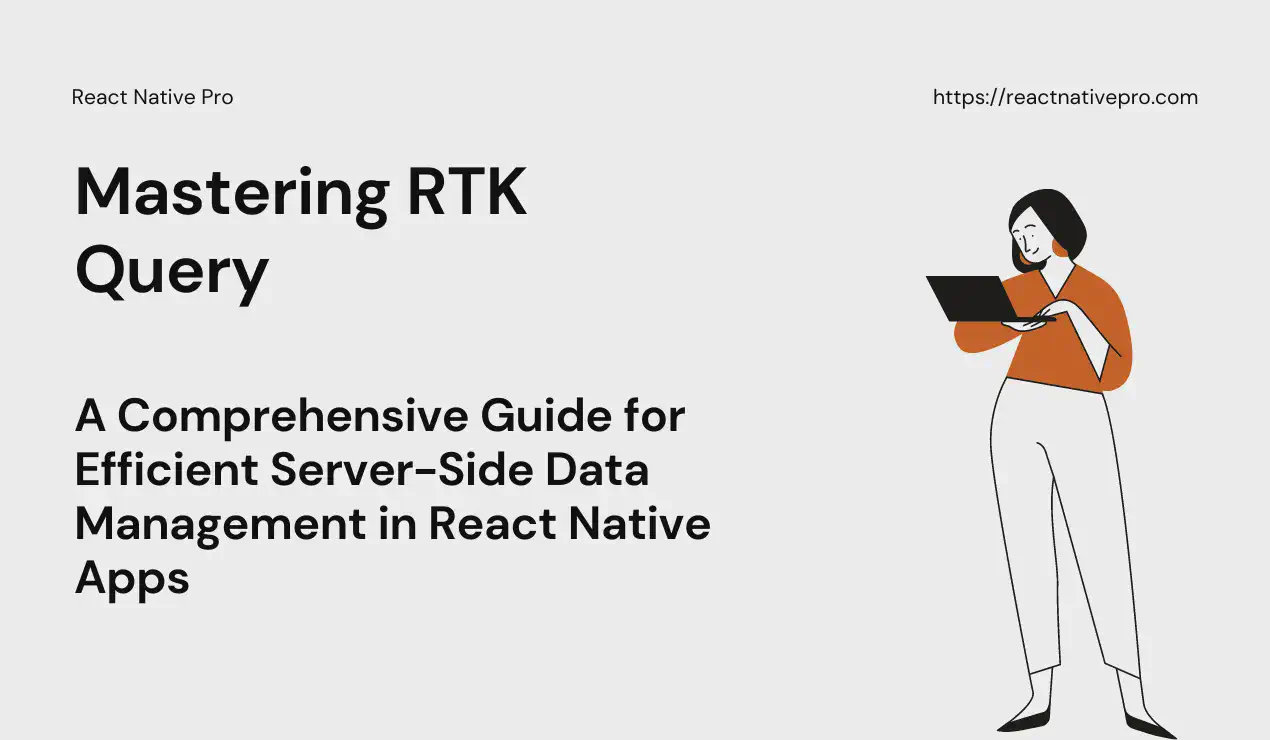
Posted in redux, redux-toolkit, rtk-query, frontend-state-management on March 30, 2024 by Hemanta Sapkota ‐ 9 min read
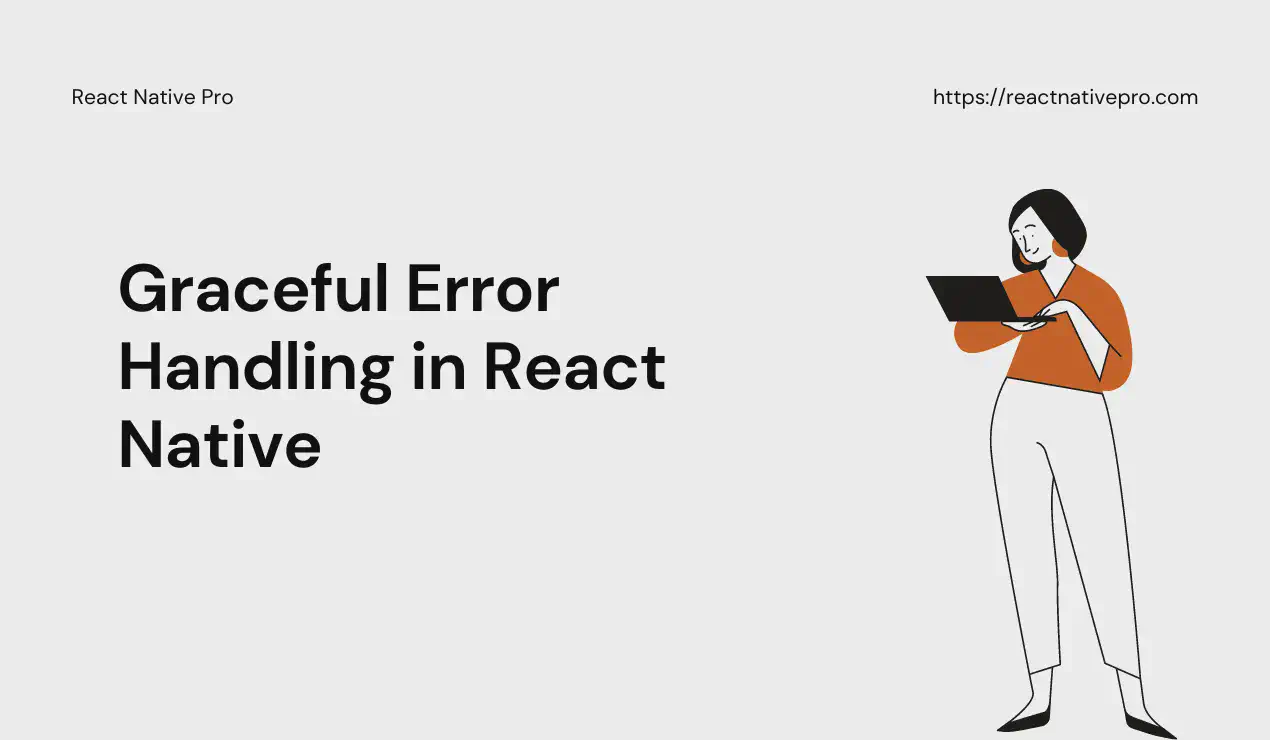
Posted in error-handling, react-error-boundary on September 16, 2023 by Hemanta Sapkota ‐ 3 min read
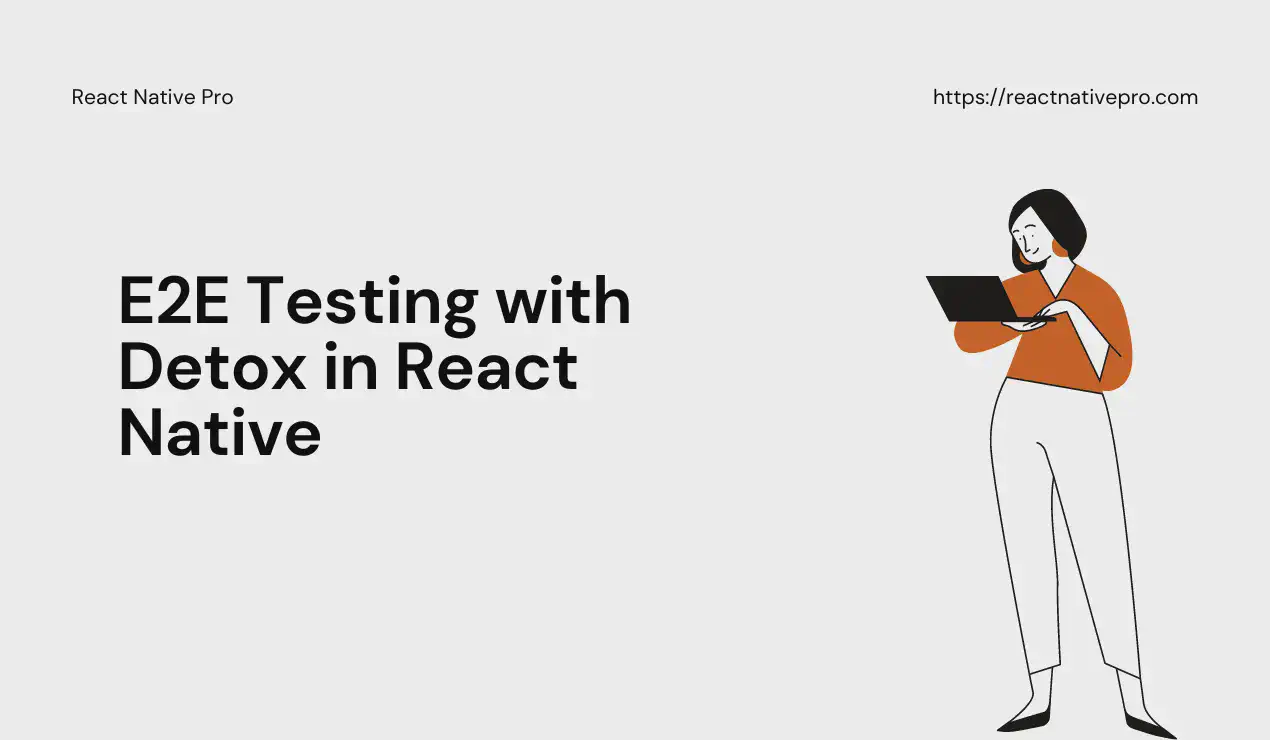
Posted in detox, end-to-end-testing, quality-assurance on August 16, 2023 by Hemanta Sapkota ‐ 7 min read
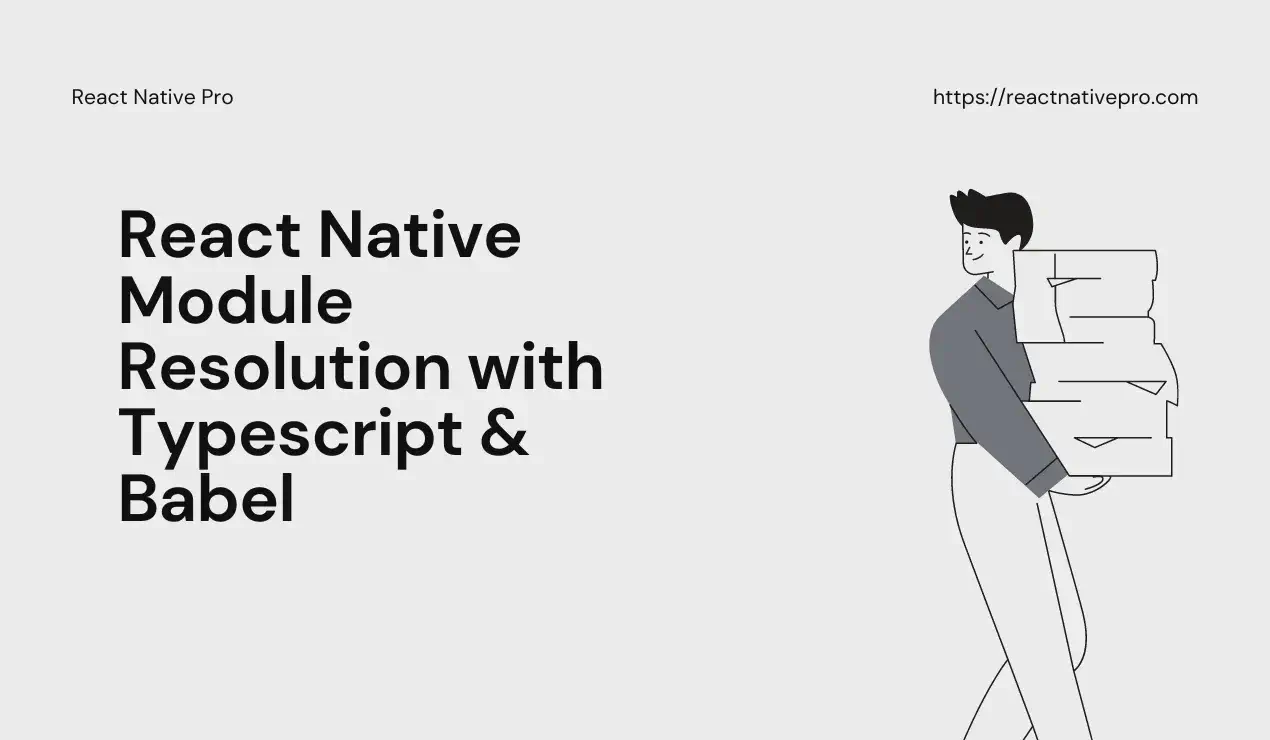
Posted in module-resolution, babeljs on July 21, 2023 by Hemanta Sapkota ‐ 4 min read
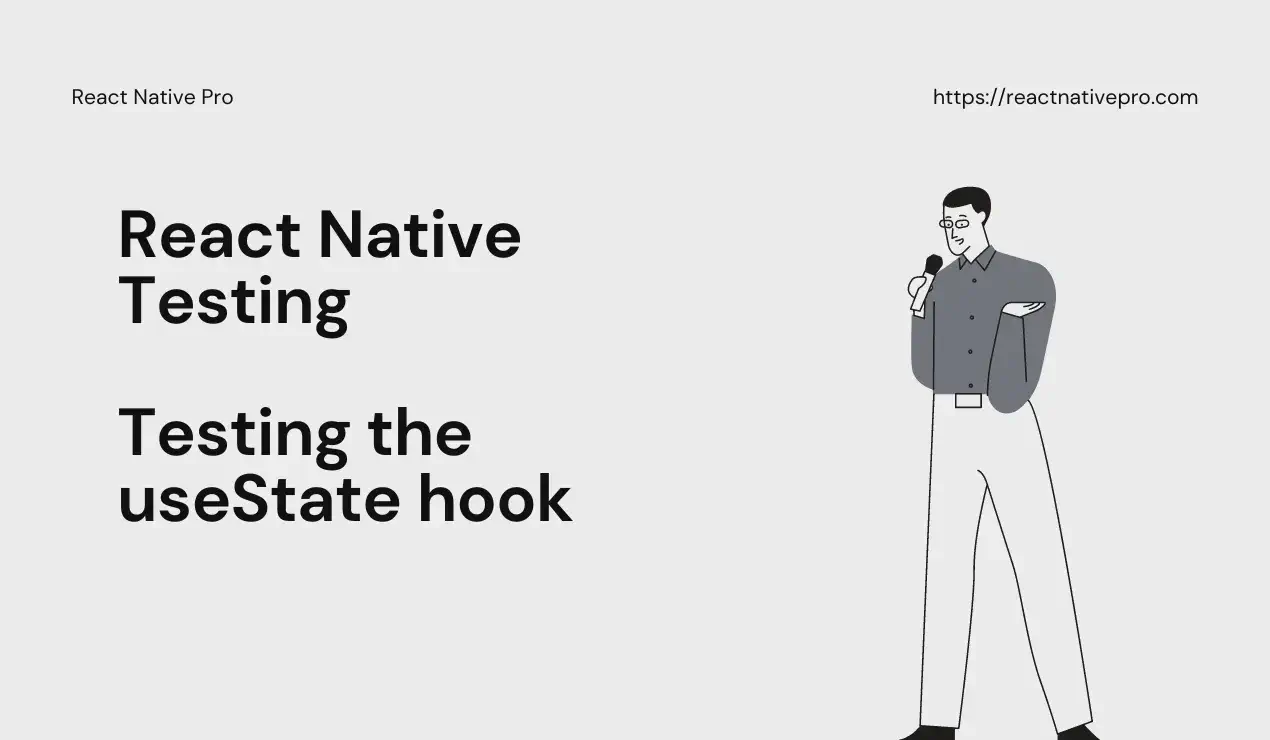
Posted in react-native-testing-library, quality-assurance on July 2, 2023 by Hemanta Sapkota ‐ 3 min read